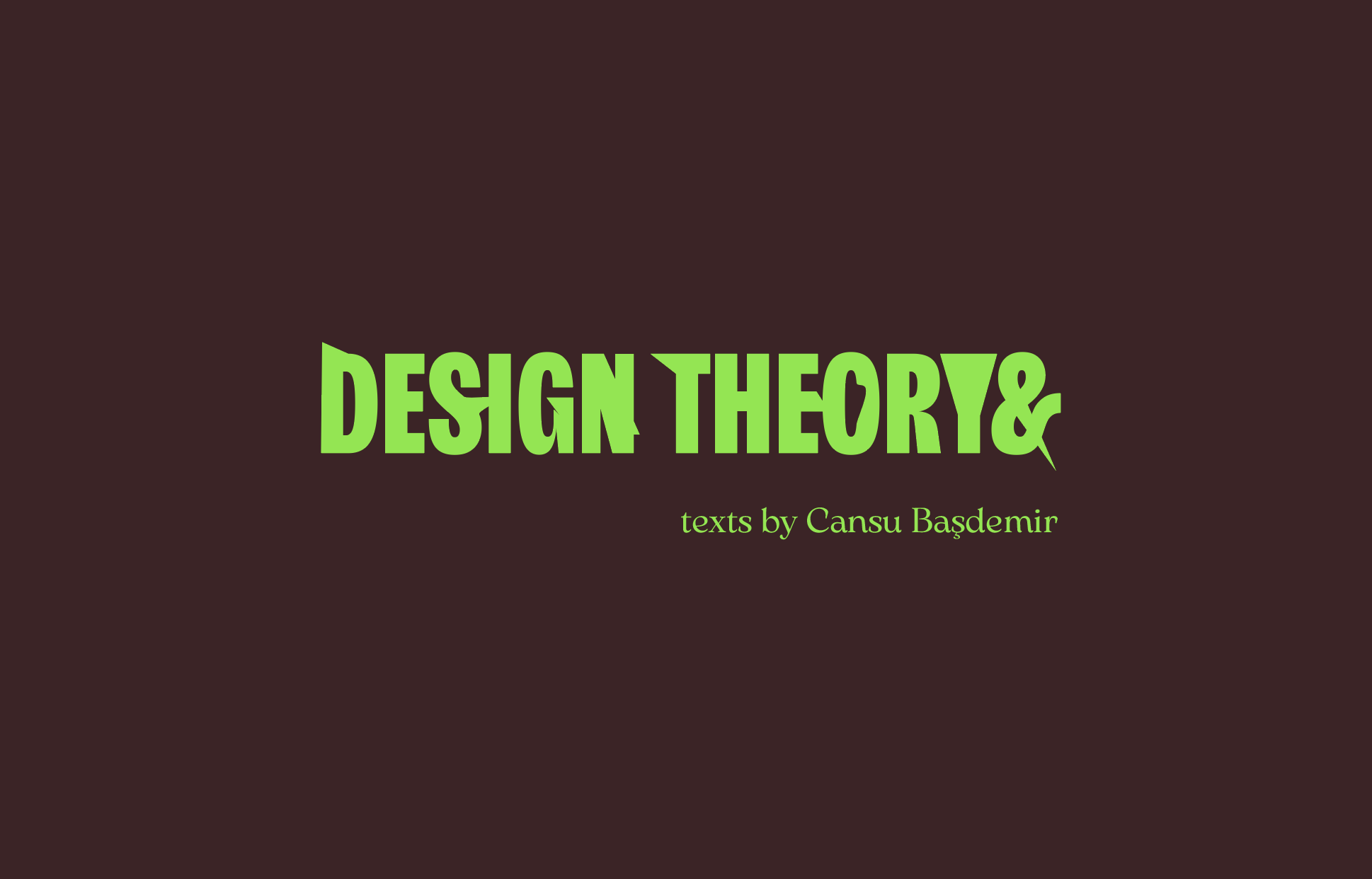What Is Design Discourse and Design Rhetoric?
Researching about critical design brings me far, far away…
To truly understand what design does in the world, we need to engage with its discourse and rhetoric—how it speaks, persuades, and shapes meaning. Recognizing design as a form of cultural expression opens the door to more critical, reflective, and impactful practices.
Design is often mistaken for the mere creation of objects—chairs, apps, posters, or devices. Yet behind every designed artifact lies a deeper layer: a world of ideas, values, and messages. This is where design discourse and design rhetoric come into play.
Design discourse, as articulated by Victor Margolin, refers to the broader cultural, social, and ideological conversations surrounding design. It’s not just about what designers make, but how they talk about it, what concepts they rely on, and how those ideas are embedded in larger structures of power and meaning. For Margolin, design is a historically situated activity that always carries social and political implications. He called for the development of a richer vocabulary and critical framework to better understand how design functions as a mode of communication and meaning-making.
In contrast, design rhetoric, a term championed by Richard Buchanan, draws from classical rhetorical theory to explore how design persuades and communicates. Rather than focusing on discourse as a structural force, Buchanan treats design as a deliberate, expressive act—an argument in material form. A well-designed object, in this view, doesn’t just solve a problem; it presents a point of view, invites action, or shapes beliefs. Design becomes a form of “material rhetoric” that speaks not with words, but with form, function, and interaction.
Understanding both discourse and rhetoric is crucial when analyzing critical design, an approach that intentionally challenges conventions, norms, or future possibilities through provocative objects and scenarios. Critical design operates at the intersection of discourse and rhetoric—it reveals the hidden assumptions in everyday design while using rhetorical strategies (ambiguity, irony, exaggeration) to prompt reflection and debate.
In this way, design is not just about making things, it is about making meaning. Through its discourses and its rhetorics, design participates in shaping culture, politics, and public imagination. To study design critically is to uncover how it communicates values, reinforces ideologies, or opens up alternative futures.






Yorum yok